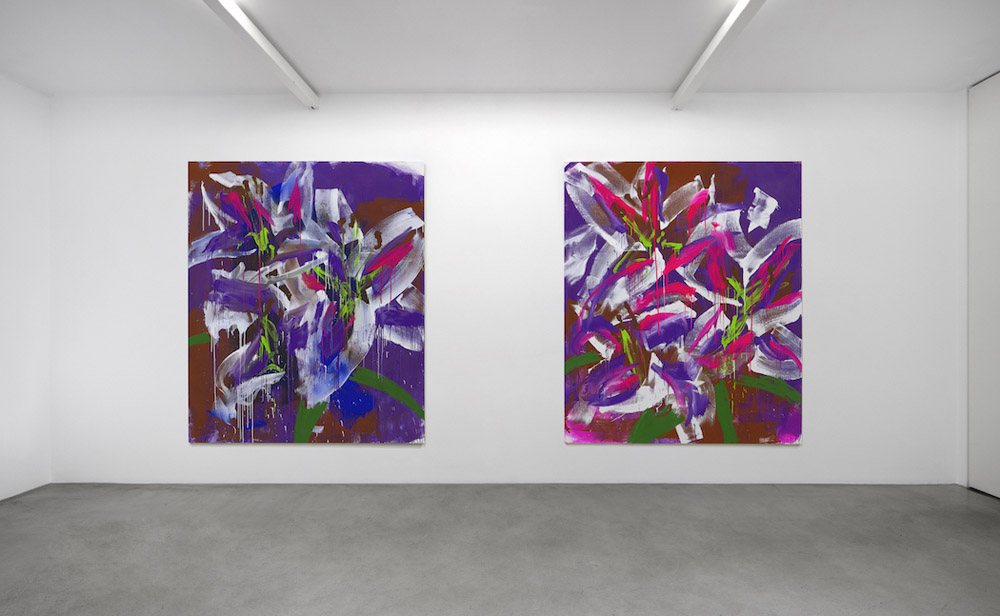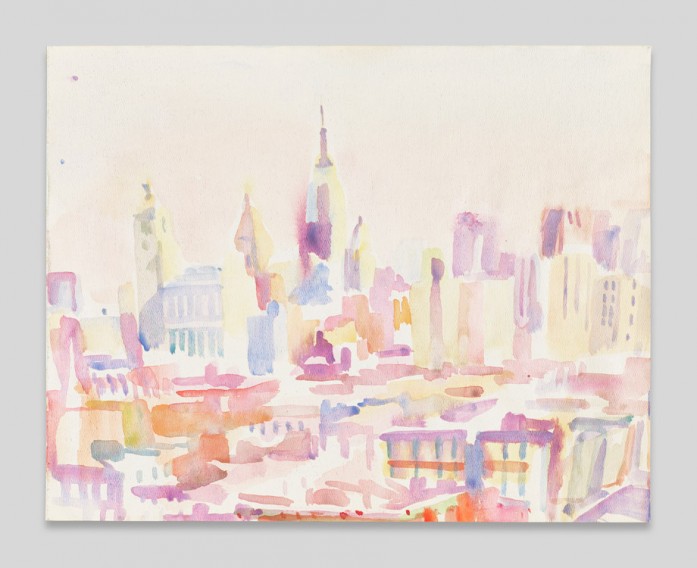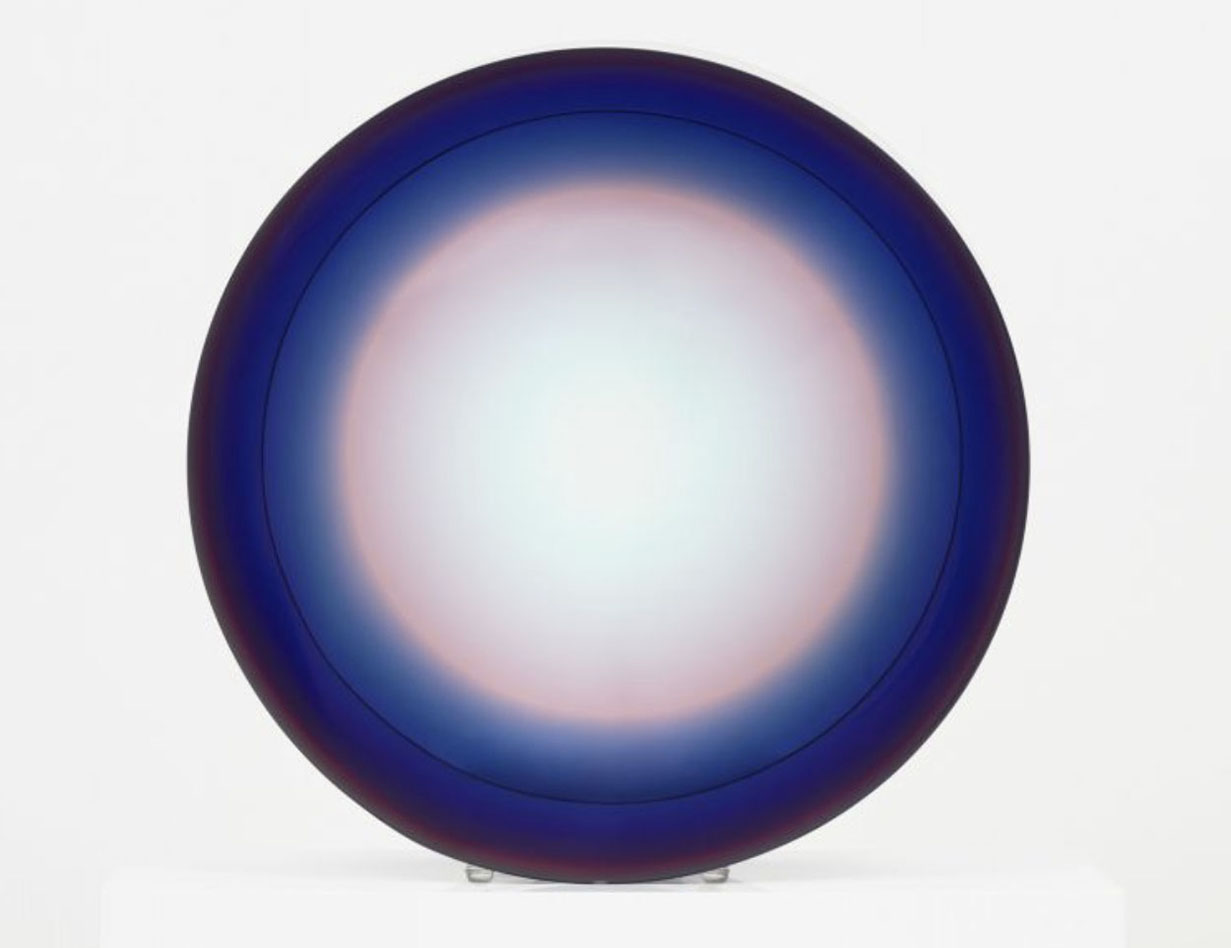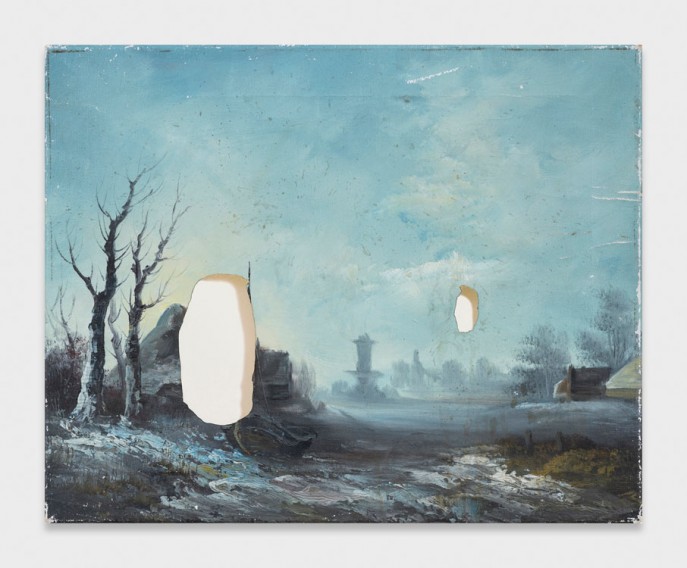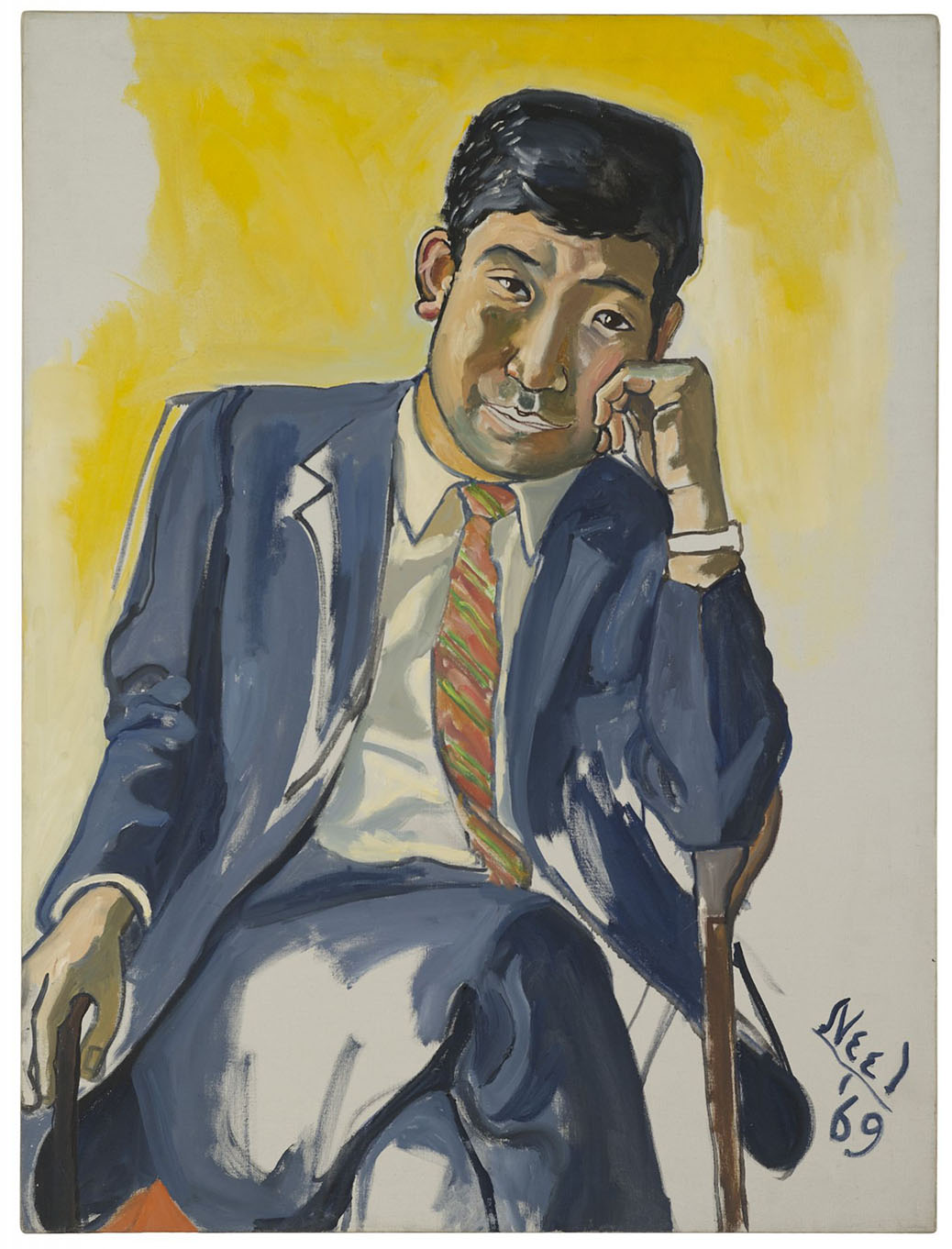DAVID HOMINAL – NO TITRE (COLLECTION 2021)
2020-06-01Painting is a common denominator in David Hominal’s work, a physical and sculptural element that traces the genealogy of his multimedia oeuvre, between performance, video, dance, and object. Everything centres around the material quality of painting, which Hominal has continued to develop as a practice, including in its potential to be combined with other media.
In the new series No titre (collection 2021), the subject is colour. Its manipulation over large canvases allows Hominal to get beyond the traditional systems of analysis separating figuration and abstraction. He can incorporate kitsch like he can incorporate tragedy, travelling across the entire history of representation, from still life to portraiture, via landscape. The application of colour becomes the subject of the painting. It is in this context that the flower motifs, in a scrupulous loop, make their grand return to his work, proving he hasn’t lost his touch. Undoubtedly, they have a place in the history of art and they also play a role in his personal and daily life. Yet it is clearly impossible not to think of the symbolic significance of the gestures with which they are most often associated. Offering, paying respects, remembering, giving joy, flowers embody care and devotion, as they are carriers of memory.
Opposite – Installation view
Exhibition runs through to July 5th, 2020
kamel mennour
47, rue Saint-André des arts
75006 Paris
France
